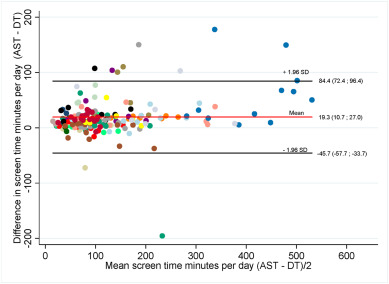

**App Tracking Transparency: A 2025 View on User Privacy**
When Apple unveiled App Tracking Transparency (ATT) in iOS 14.5 in 2021, it represented a major transformation in user privacy, enabling iPhone users to manage the data shared with external applications. This initiative has evolved into a fundamental aspect of Apple’s dedication to user privacy.
### How App Tracking Transparency Functions
Within the ATT framework, developers are required to secure user consent prior to tracking their information. Upon installing a new app, users face a prompt that asks, “Allow [app name] to track your activity across other companies’ apps and websites?” Users can choose between: “Allow” or “Ask App Not to Track.”
– **Allow**: Permits the app to gather extensive data, including age, gender, location, usage patterns, and browsing behaviors. This information is crucial for advertisers seeking to develop targeted advertising profiles.
– **Ask App Not to Track**: Prevents the app from accessing the Identifier for Advertisers (IDFA), a unique identifier that links user behavior across apps. This choice effectively stops advertisers from correlating user activities, making it challenging to compile detailed profiles.
Nonetheless, developers can still monitor users through alternative methods, such as IP addresses or emails, which is why Apple opts for “Ask” rather than a definitive “Deny.”
### Effectiveness of App Tracking Transparency
The effects of ATT have been significant. Before its introduction, about 73% of U.S. users were trackable by advertisers; this number has since plummeted to around 18%. Major firms like Meta have reported considerable financial setbacks due to diminished tracking capabilities, estimating a loss of $12.8 billion in 2022 alone.
However, advertisers have adjusted. As IDFA usage has declined, techniques such as device fingerprinting have become more common. This approach gathers various device characteristics, like screen size and operating system version, to craft a unique user profile. Moreover, advertisers have pivoted toward contextual advertising, concentrating on user behavior within singular apps instead of across multiple platforms.
Although ATT has successfully curtailed cross-app tracking, it has not eradicated tracking entirely. Advertisers have simply discovered alternative strategies, rendering user tracking more complex and expensive, which aligns with Apple’s goal of improving user privacy.
### Conclusion
App Tracking Transparency has transformed the sphere of digital advertising and user privacy. While it has effectively diminished cross-app tracking, the development of tracking methodologies persists. As we advance into 2025, the persistent challenge will be finding a balance between user privacy and the advertising sector’s demand for data.